Workshops
Led by Evelyn Wong, immerse yourself in the intricate and captivating techniques of Japanese and Chinese binding styles. Discover the art of creating exquisite and unique books through these ancient and timeless bookbinding methods in this enriching online workshop.
There are no available registration dates at this time.
Registrations should be made no later than April 5 to assure timely kit deliveries. Registrations made after April 5 are still welcome, but kits may not arrive in time for the first session.
Note: This workshop will be held in a live, online format utilizing the Zoom platform.
Class meets on Tuesdays, Apr 16, 23, 30 & May 7 from 9-11:30am ET.
Join Evelyn Wong in exploring traditional book bindings from China and Japan. Asian books were originally created in scroll form or sewn strips of bamboo. Paper, invented in China, was typically block printed or used for calligraphy. The thin absorbent paper was only legible on one side, so the folded page form came in to use as it was easier to handle than a long scroll or accordion. These classic bindings have a wide variety of applications today from functional household uses to journals, zines or artist’s books.
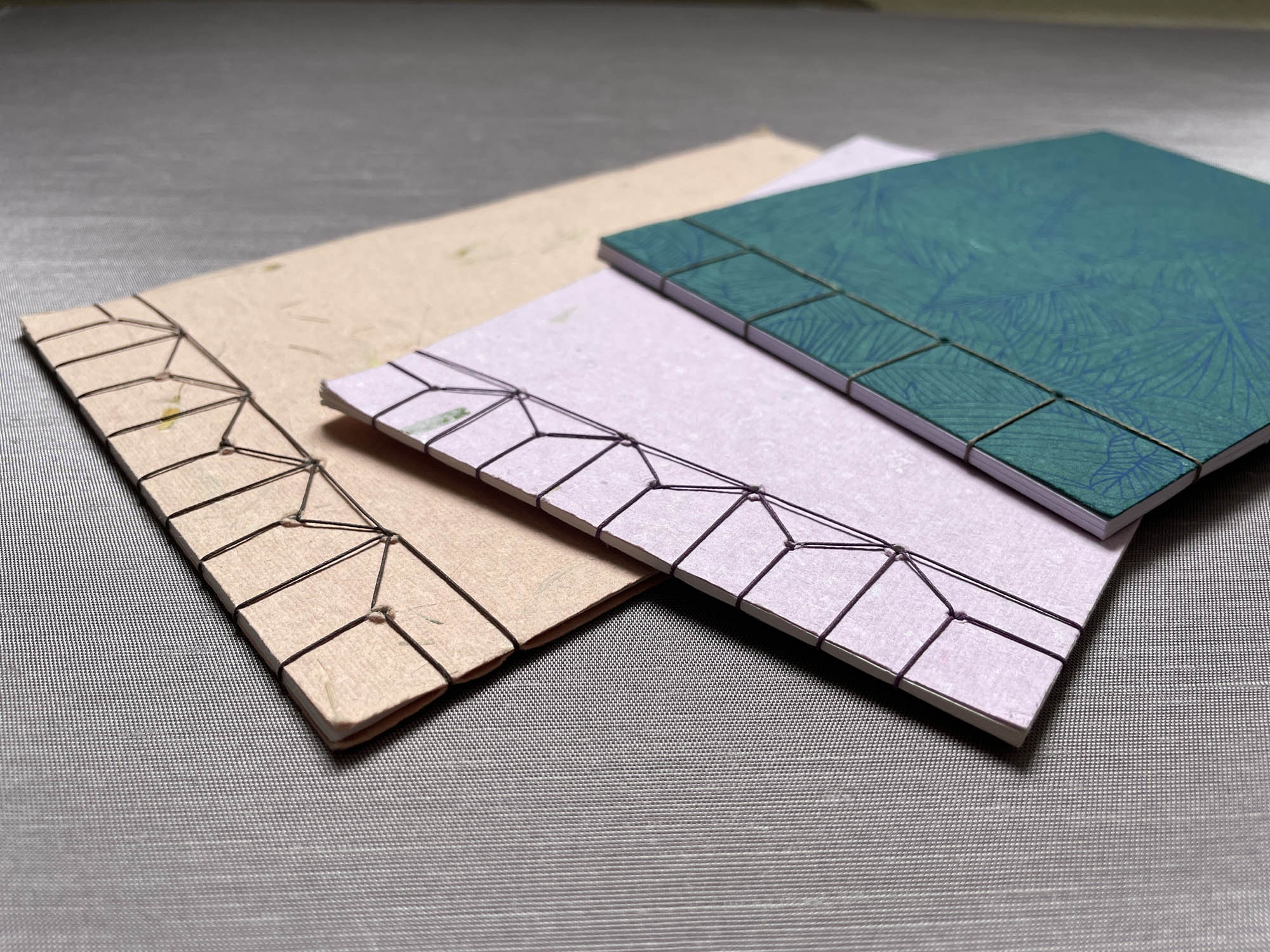
On Day 1, we will explore the Daifuku-Cho, an early Japanese style of portable ledger books used by merchants and those who frequently traveled on business, and the Yamato Toji, which is often seen as a more decorative style and dates back to as early as the 1100s CE.
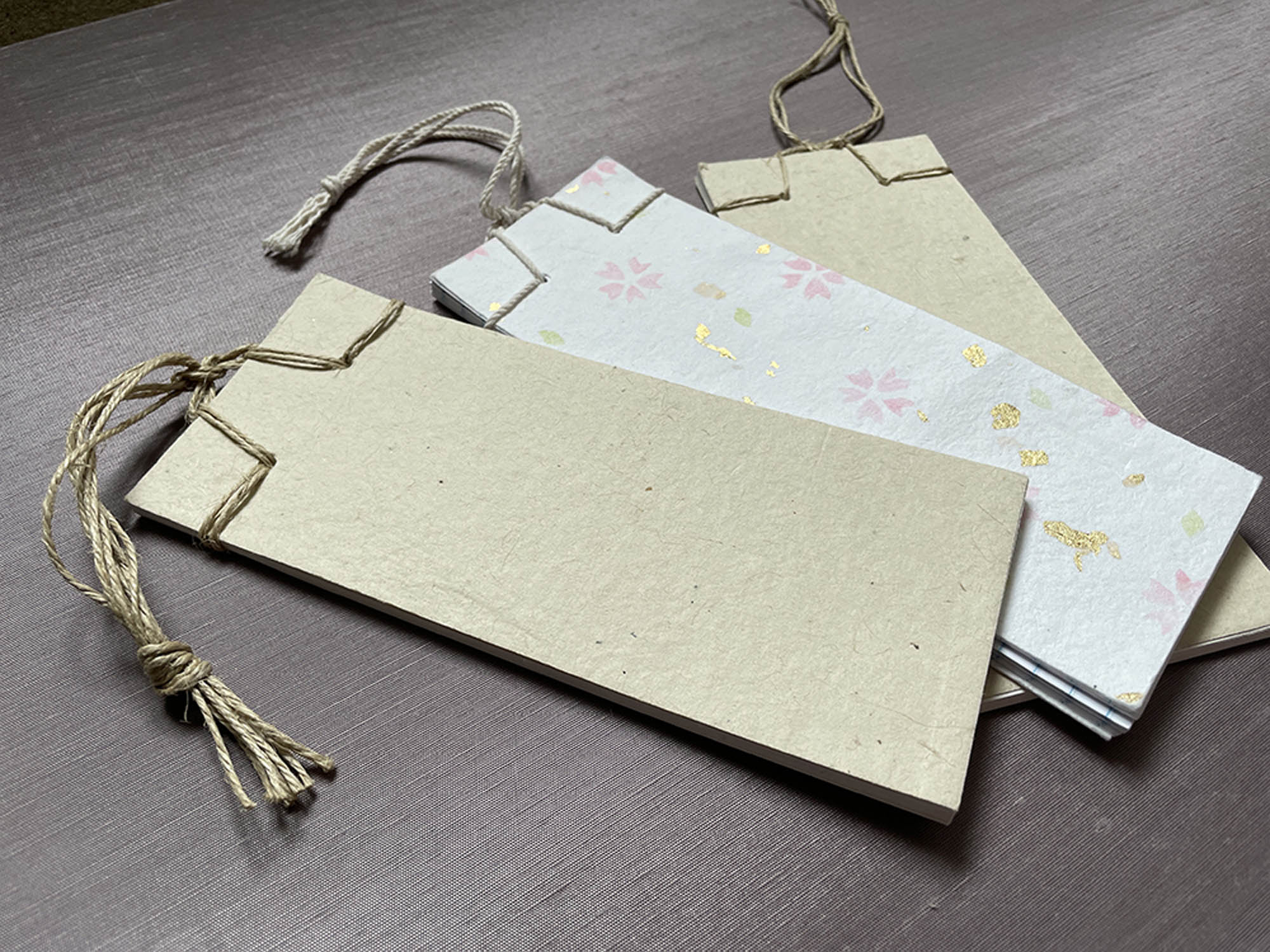
On Day 2, we will craft samples of books in the style of the Chinese butterfly binding and the Chinese flutter binding. Both functional and beautiful as books for texts and printed images, these early bindings emerged alongside the development of woodblock printing in China.
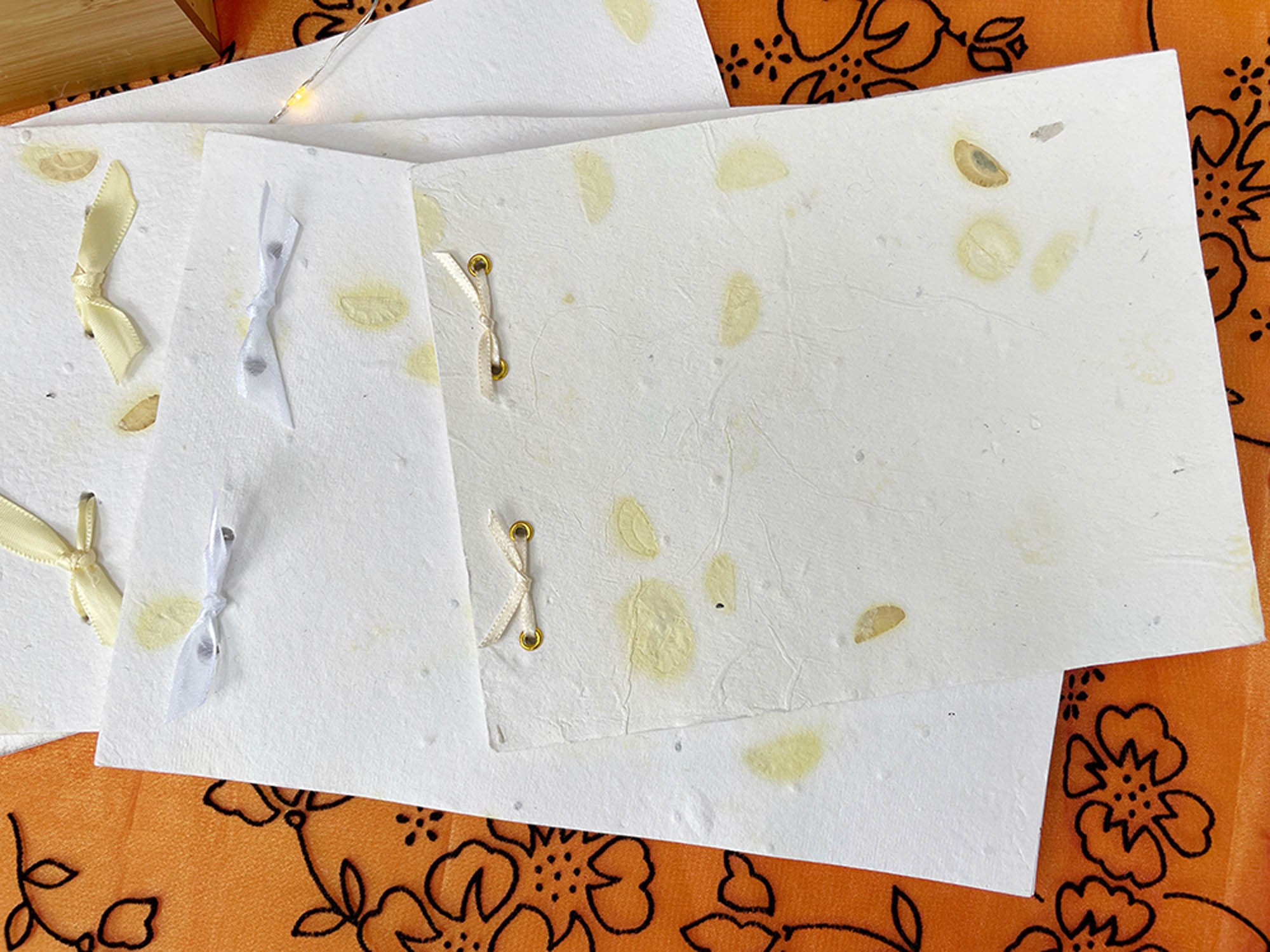
On Days 3 and 4, we will begin with stab-bound books, in which detailed stitching patterns are visible along the spine edge of the books. We will first examine some differences between Chinese and Japanese stab-binding, and then move into more complex bindings, including the hemp leaf and tortoise-shell bindings. Afterward, we will discuss ways to create your own designs using principles from these binding techniques.
Upon completion of this workshop, students will have produced 6-8 models of book bindings.
Materials Kit Included with Tuition:
- Thread for binding/sewing
- Cord and ribbon for binding
- Paper for interior pages/book block
- Paper for covers
- Bookbinding needles
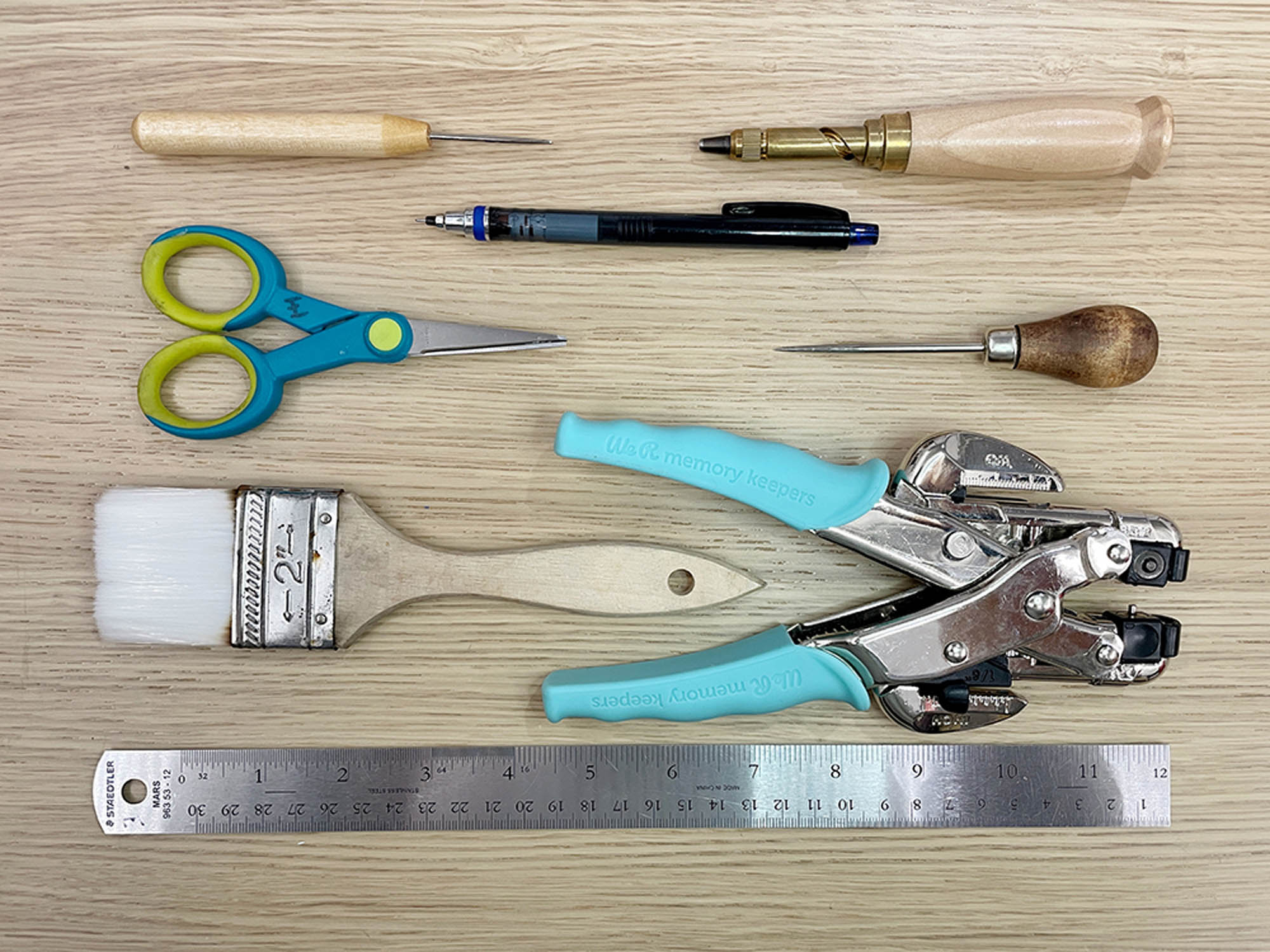
Supplies You Will Need:
- 1 medium duty and 1 heavy duty awl
- 1 pair of scissors
- 1 ruler, 12”, safety-edge ruler recommended
- 1 glue brush and PVA or prepared wheat or rice paste (alternative: 1 glue stick)
- 1 notebook or sketchbook for note-taking
- 1 pencil/pen/writing utensil
Optional Recommended Supplies:
- 1 Japanese drill punch (3mm diameter bit)
- 1-2 pairs of small to medium binder clips or bulldog clips
- 1 cutting mat, 9” x 12” or larger (alternative: foam board or cardboard to protect table surface)
- 1 small to medium hammer
- 1 handheld hole punch and matching eyelet setter (Crop-a-dile recommended) with eyelets
- 1 silicone sheet (or scrap/waste paper for applying adhesive)
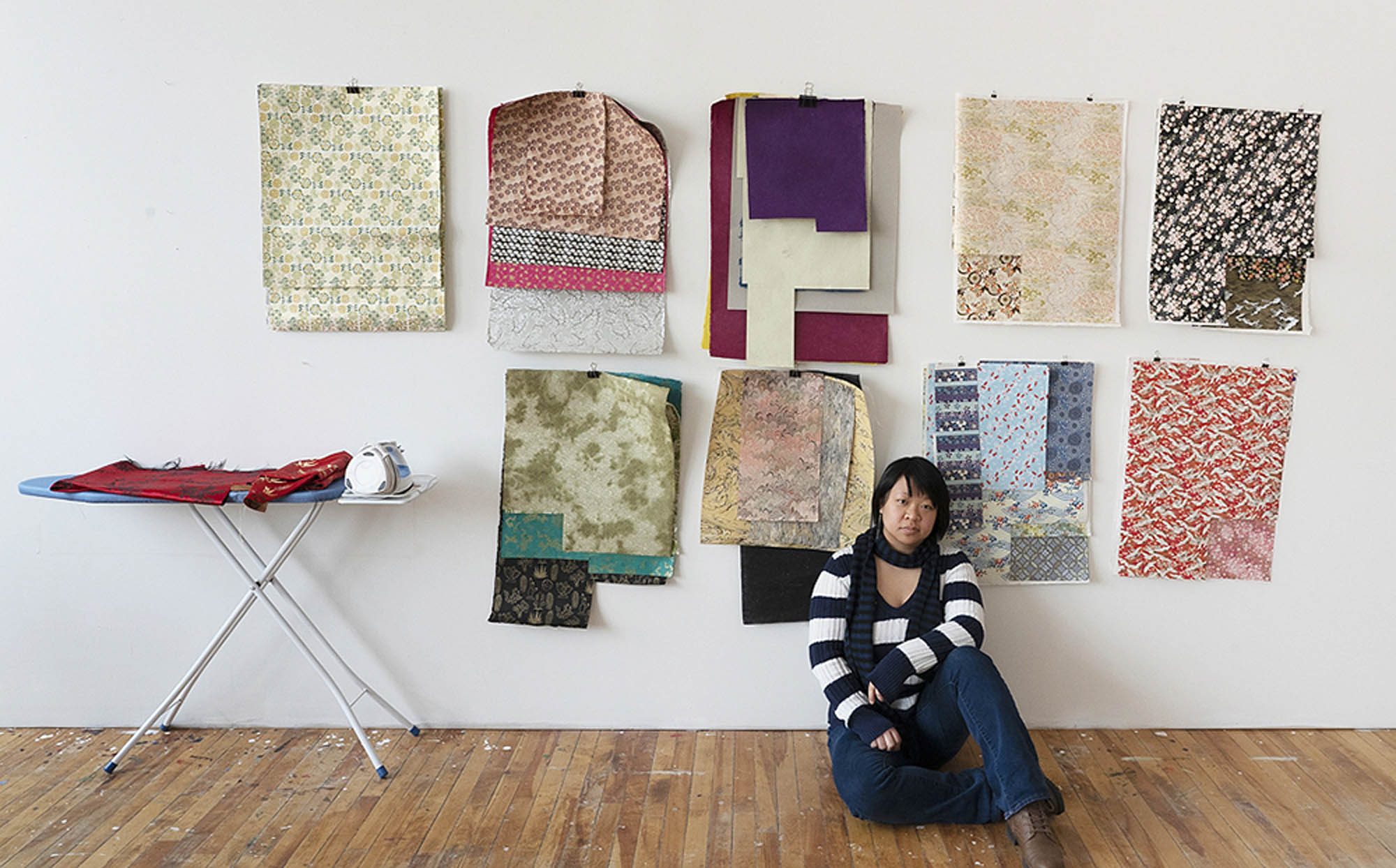
Share This
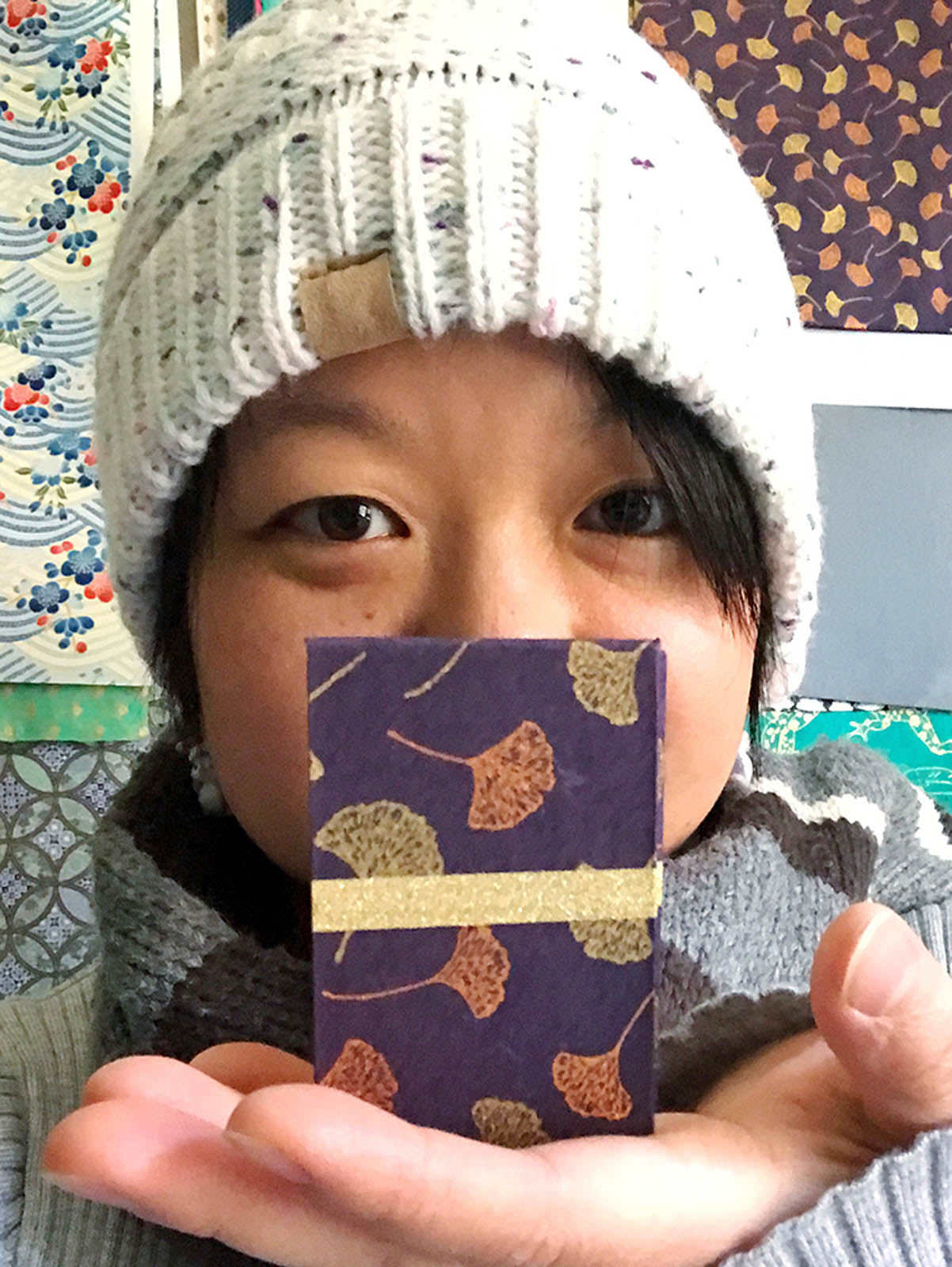
Instructor: Evelyn Wong
Evelyn Wong (she/they) is an interdisciplinary artist exploring themes of history, trauma, culture, race, and gender through the lens of personal narratives as well as her Asian American heritage. Wong actively pursues investigations into materiality, text, Western and Chinese imagery and symbolism as ways to reflect on the liminality of existing between cultures. Their explorations using artist’s books as a conceptual device reference Chinese and Asian American topics, including histories and narratives, legends and mythology, as well as culture and traditions, in order to bring visibility to the presence of this diasporic population in the United States. Their experimentations in papermaking, alternative printmaking, and installation art often reference and celebrate the artist’s book.
Wong’s work has been exhibited recently in the Center for Maine Contemporary Art. Others include the Northern Arizona University Art Museum in Flagstaff, Arizona, the Portland Museum of Art in Portland, Maine, and the Museum of Craft and Design in San Francisco, California. Residencies include Hewnoaks, The Studios at MASS MoCA, and the Ellis-Beauregard Foundation Artist’s Residency Program. Wong received her BFA from the University of South Carolina and MFA from Maine College of Art, and was awarded the 2019 Professional Development and Creative Entrepreneurship Grant at Maine College of Art to launch Fireball Bookbindery, where she currently crafts hand-bound journals and notebooks inspired by Asian traditions in materials, designs, and book-bindings.

